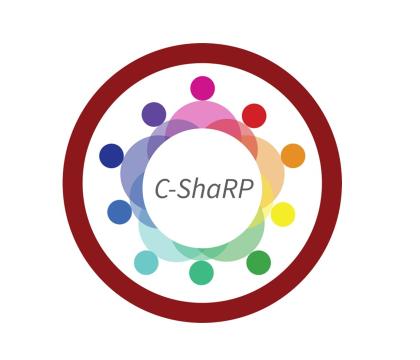Community of Shared Research Platforms (C-ShaRP) Experiential Learning Program FY25 - Implementation Track
C-ShaRP welcomes collaborative proposals for educational efforts that leverage Stanford’s Shared Research Facilities to enrich scientific learning journeys with hands-on experiences, thereby facilitating research progress and promoting real-world skills to prepare scientists for successful careers at Stanford and beyond. These proposed educational efforts may include shared facilities access in support of registered coursework, teaching workshops using hands-on research techniques, preparation of high-quality on-line learning materials which support in-person experiences, and other similar efforts which benefit from core facility participation in disseminating educational curricula and community building. All proposals should have the aim of providing experiential education and training to Stanford researchers, and may also reach a wider community where mutually beneficial.
The C-ShaRP Shared Facilities span SOM, SOE, H&S, and SDSS, and are an essential community for researchers; they include nanofabrication and characterization (SNF, SNSF), mass spectrometry (SUMS), NMR, imaging (BioX, c-EMc, CNI, CSIF, Lucas Center, Wu Tsai Neuro), life sciences/medicine (ChEM-H, FACS, SGSC, TASC, BSL-3) and sustainability (SIGMA, Geochronology, EMF, SIBL), among others on campus, as well as shared Stanford facilities at SLAC. Proposals may be submitted by faculty, instructors, or shared facility staff, in collaboration as appropriate.
Each educational effort should provide its own proposal in response to this RFP, e.g., a course involving one or many shared facilities, a workshop spanning one or several days; closely related activities, e.g., a series of quarterly workshops, should be grouped into a single proposal. C-ShaRP funding is intended to enable shared facilities to do more in support of education to develop more effective researchers. C-ShaRP funding is provided to support the shared resources staff, instrument, and materials costs involved in the educational experience. It is not to be used to replace existing funding from other sources for existing activities pre-dating C-ShaRP.
Implementation proposal (1 year):
- Non-Curriculum Implementation proposal - for non-registrar activities with completion within the year and transition to other funding sources the following year, most often through registration fees or other external support. Typically led by shared resource(s).
- Curriculum Implementation proposal - to incorporate experiences in the shared resources into formal Stanford courses. Typically led by faculty/instructor.
Reporting & Participation Requirements: The PIs of the funded proposals will be required to deliver a brief report on use, budget, and outcomes, and to assist in collecting feedback from participants in the learning experience. Photos and short videos of the experience in action are also highly recommended. They will participate in a periodic Instructors’ Forum and may also be called upon to be reviewers for future rounds of C-ShaRP Education funding.
See C-ShaRP Experiential Learning for program overview, proposal format, evaluation criteria, FAQs and more information about the implementation track opportunity.
All Stanford faculty, instructors, and Shared Resources staff are eligible to apply. A proposal should address an experiential educational activity, whether it be planning a new course or workshop, preparing materials to support hands-on learning, implementing a course supported by one or several different Shared Resources, running a quarterly hands-on workshop series, or maintaining a developed course.
Proposals should be submitted on this website, following this format. The application should be concise, approximately 2 pages.
C-ShaRP funding is intended to support the time and effort of shared resources in providing experiential learning activities. The budget should include specific breakdowns for the amount and cost of Shared Resource staff time, instrument time, materials, and other miscellaneous items. Time for activity planning, development, piloting, etc. should be included and described.
